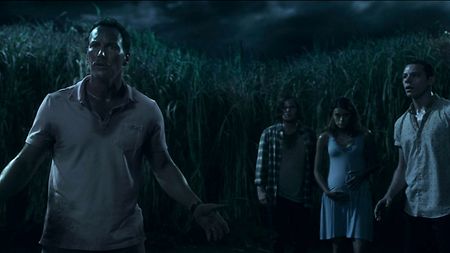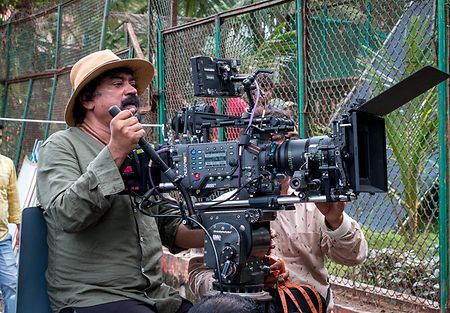After making a splash with the superhero series "The Umbrella Academy," director of photography Craig Wrobleski returns to Netflix with "In the Tall Grass." Based on the Stephen King and Joe Hill novella of the same name, "In the Tall Grass" is a supernatural horror directed by Vincenzo Natali. The film follows siblings Becky and Cal DeMuth as they investigate the cries of a lost boy in a field of tall grass. What follows is an immersive horror film, vivid with detail. ARRI caught up with Wrobleski to discuss everything from balancing the natural and supernatural, to his love of texture when capturing images.
Did you have any visual inspiration or a specific style you were going for in capturing "In the Tall Grass?"
Well, the critical thing was that it had to be immersive. The audience had to feel that they were in the grass with the characters. We did discuss "The Thin Red Line," a Terrence Malick film where the soldiers were fighting on a tropical island, dealing with visibility issues with the grass and not able to see the enemy, but we didn't really have any specific visual references. Vincenzo, the director, had a Japanese anime artist do a lot of pre-viz work, so I would say that the look of the film is fairly unique in the sense that we didn't specifically reference any other films.
The whole look drew from this notion that it either had to be natural or supernatural. If we ended up in the middle ground where it's stylized naturalism, it's not going to work when we get supernatural and things get really crazy. So, that was the overriding mantra for me. It was just about feeling very natural and very real.




